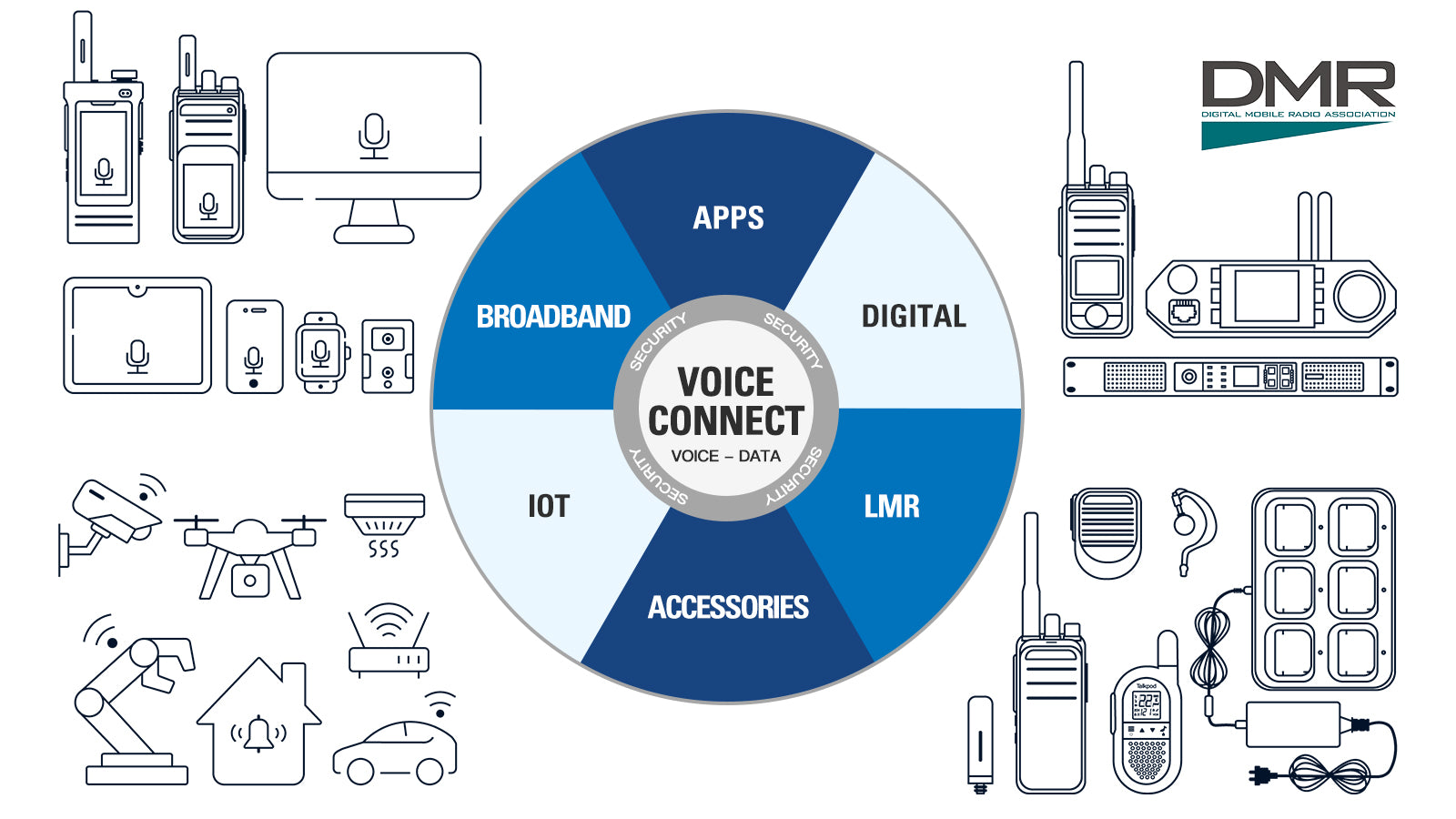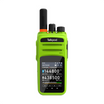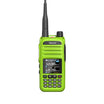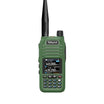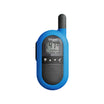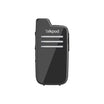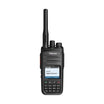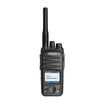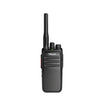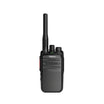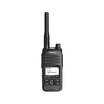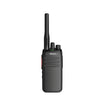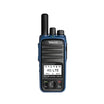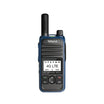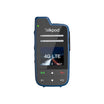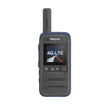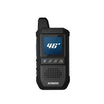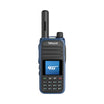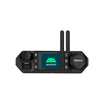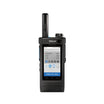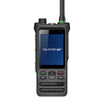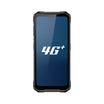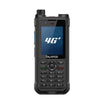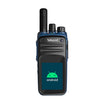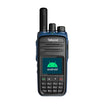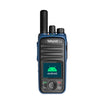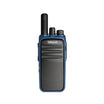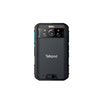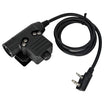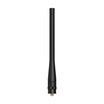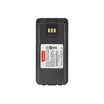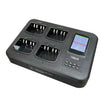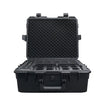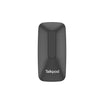In the world of two-way radios, output power is a critical factor that defines the strength and reach of communication. It's the radio transmitter's powerhouse, sending signals across distances to ensure your message is heard loud and clear.
Decoding Output Power: The Technical Insight
Output power, measured in watts, determines how far and effectively your two-way radio can communicate. It's the amount of radio frequency (RF) power emitted by the transmitter to the antenna, laying the groundwork for robust and uninterrupted communication.
The Impact of Output Power on Communication Range
The higher the output power, the greater the range of communication. This direct correlation means that with increased power, your messages can travel longer distances, overcoming obstacles and ensuring connectivity even in challenging environments.
Balancing Power with Efficiency
While high output power extends range, it's also essential to consider battery life and signal clarity. Higher power drains battery faster and can sometimes lead to interference. Striking the right balance between power, battery efficiency, and clear communication is key.
Choosing the Right Output Power for Your Needs
Selecting the appropriate output power for your two-way radio depends on your specific needs. Consider the environment, distance coverage, and battery life when deciding on the power level that will best serve your communication requirements.
In conclusion, understanding and selecting the right output power for your two-way radio can significantly enhance your communication effectiveness. It's not just about reaching farther; it's about ensuring that every word is transmitted with clarity and reliability, fostering connections that matter in every situation.


